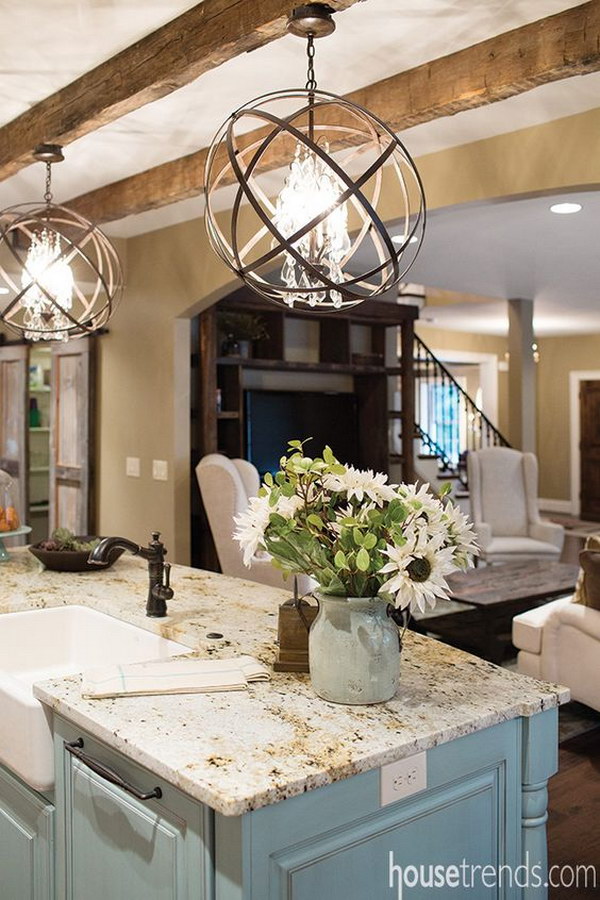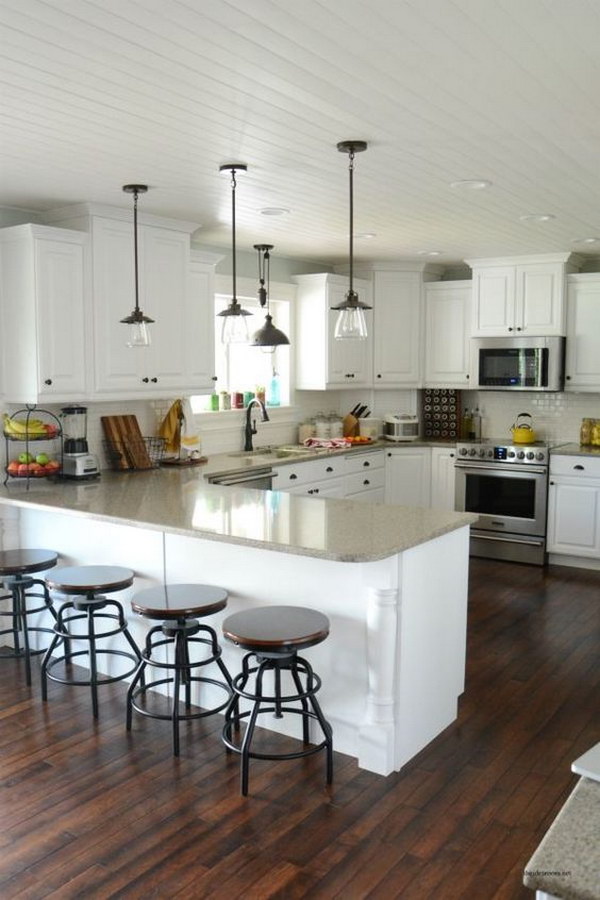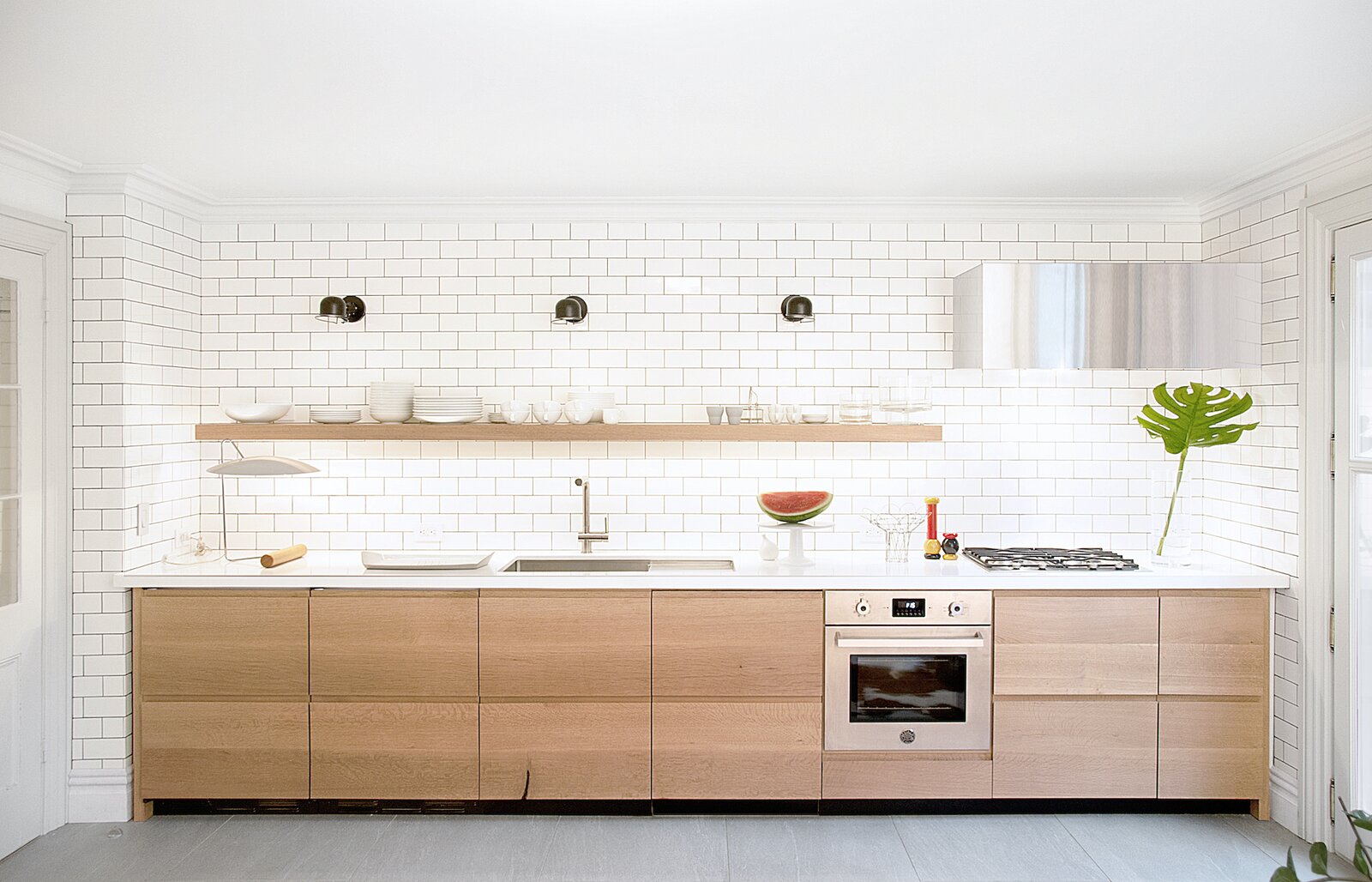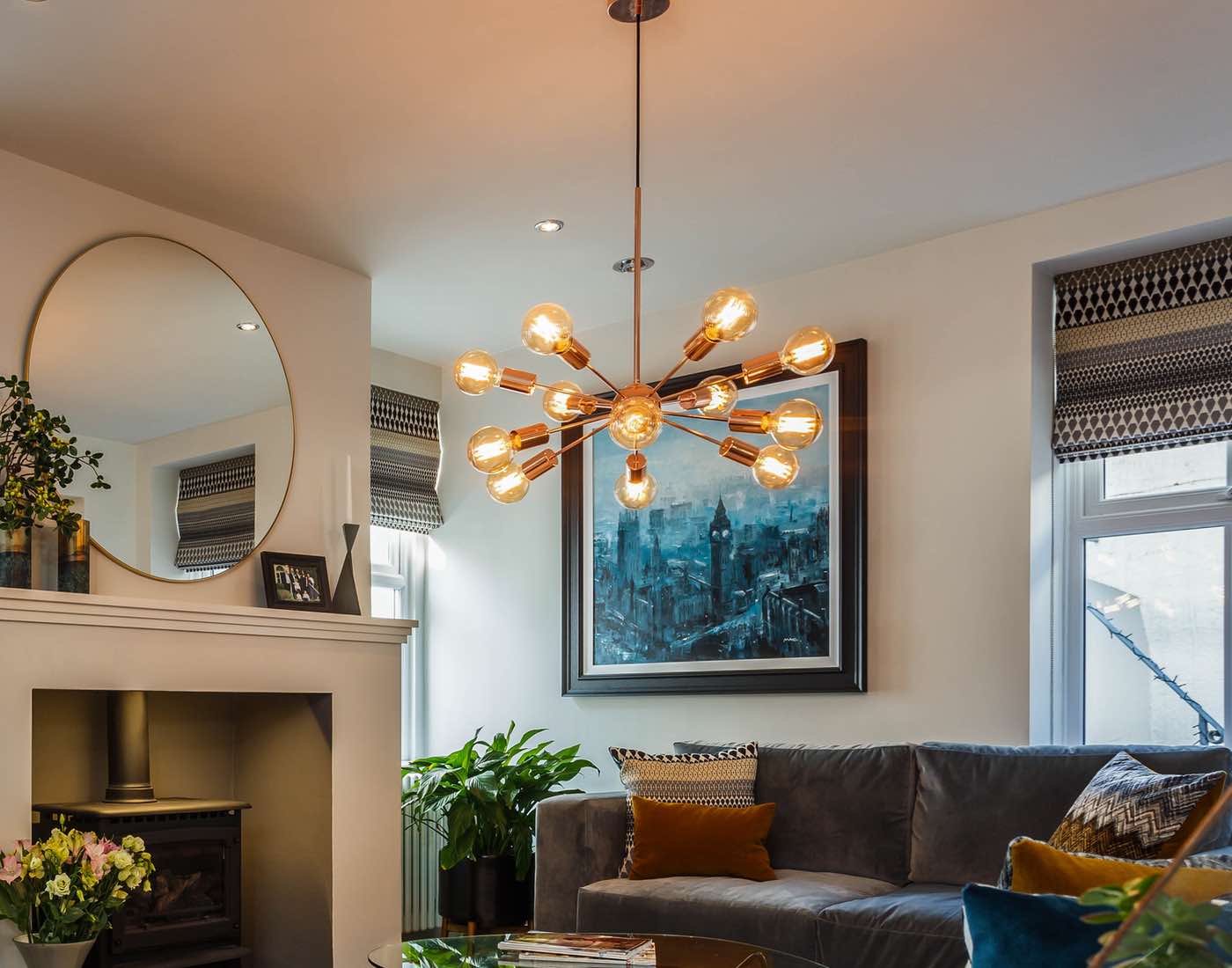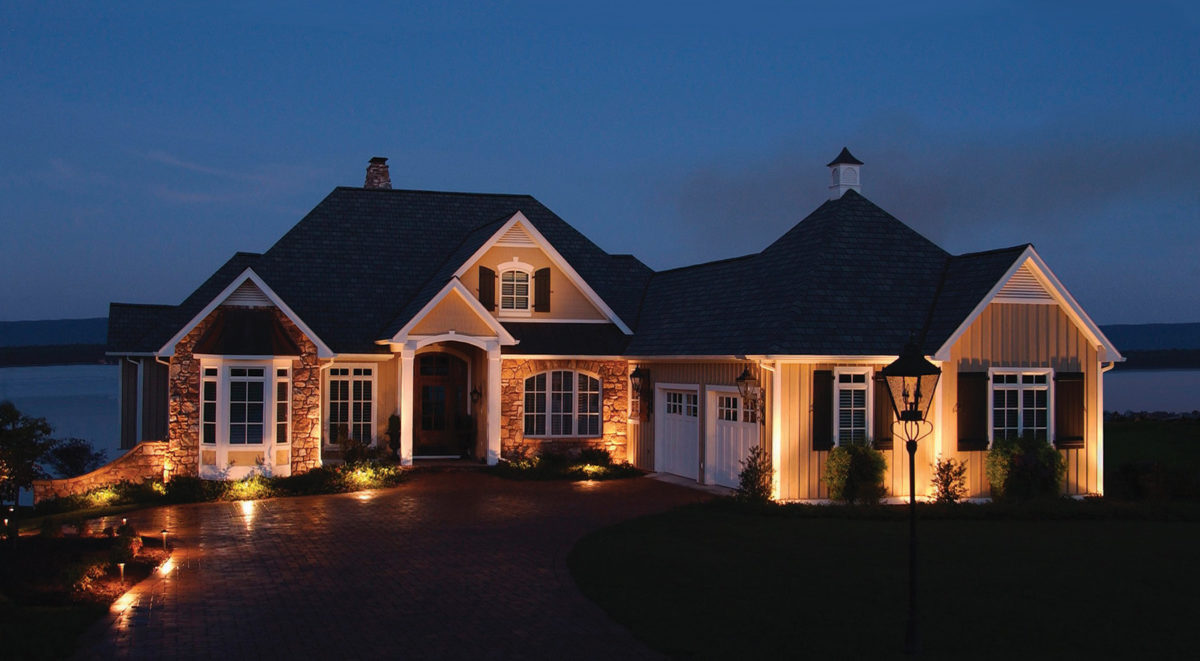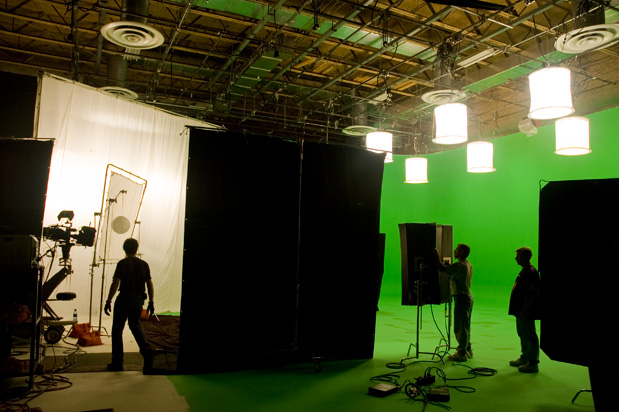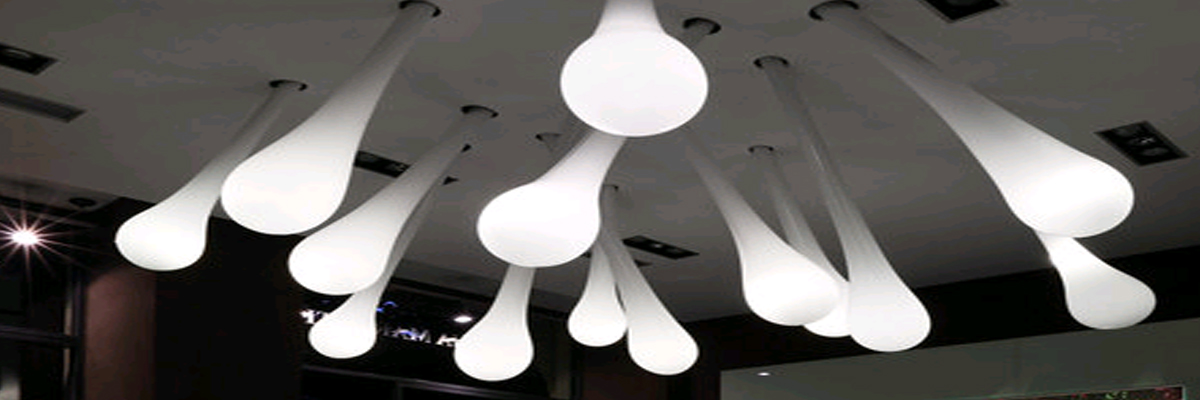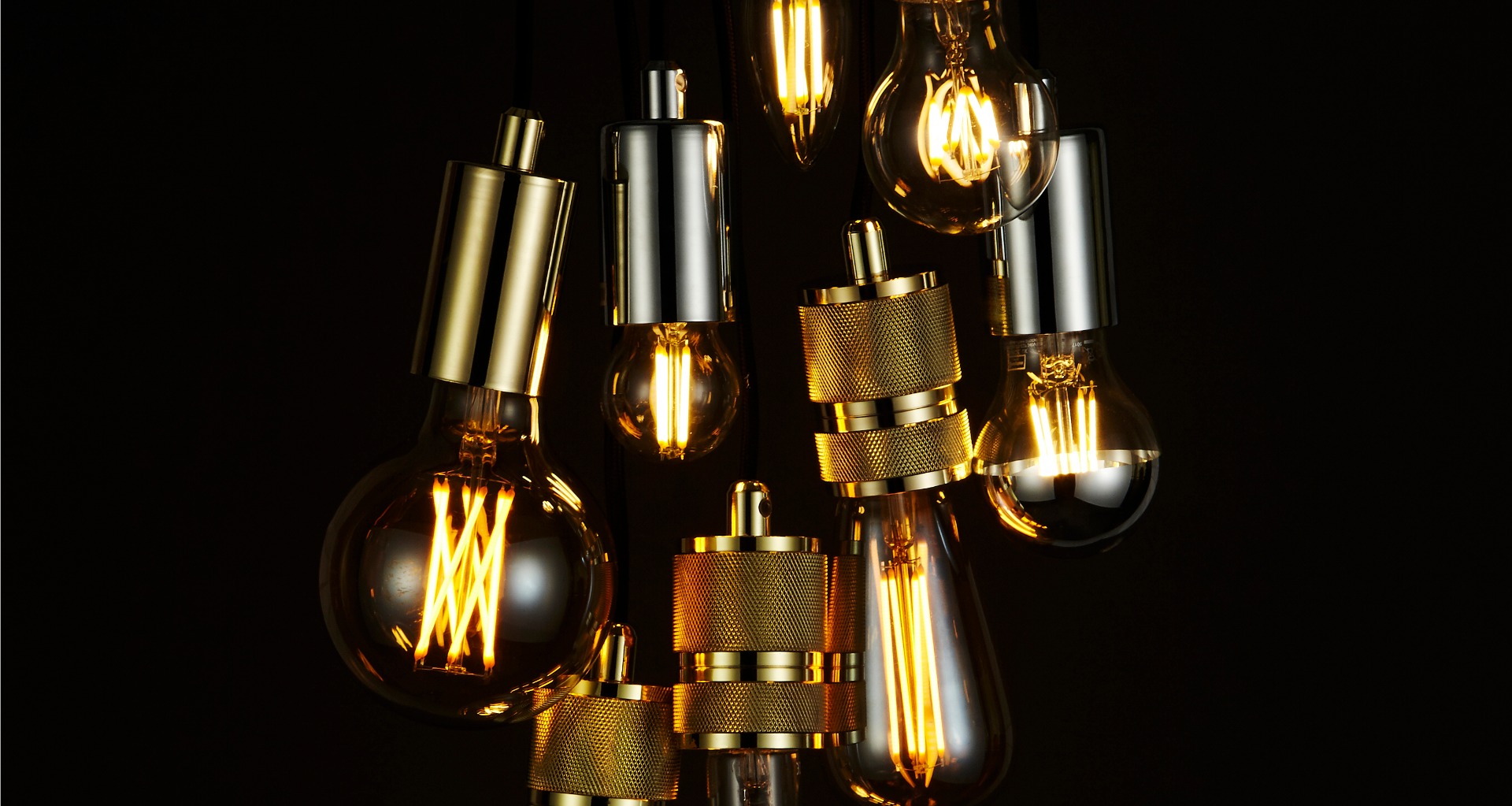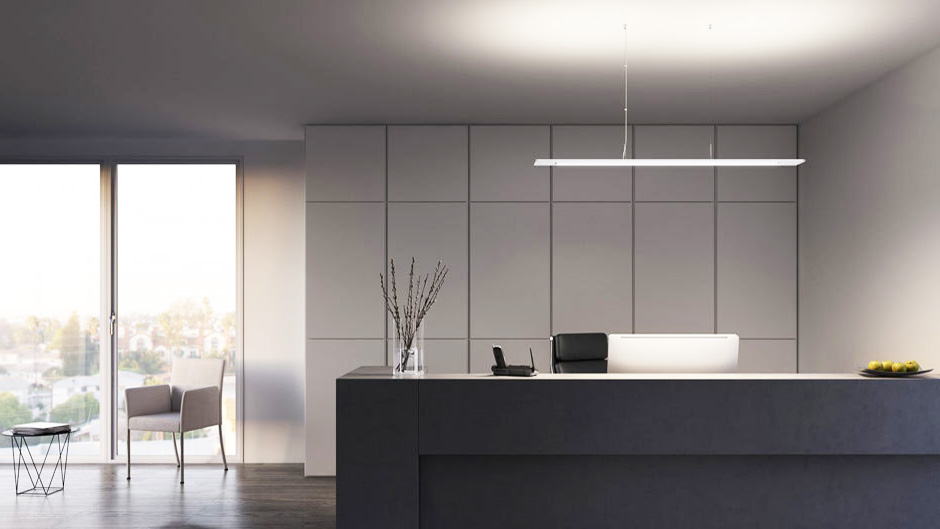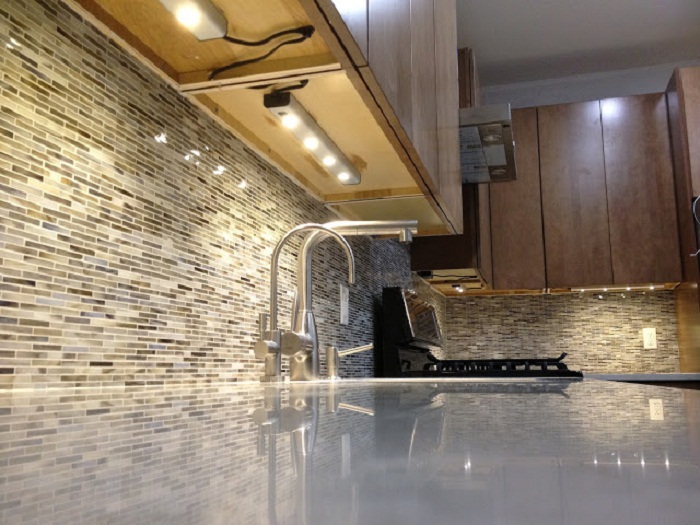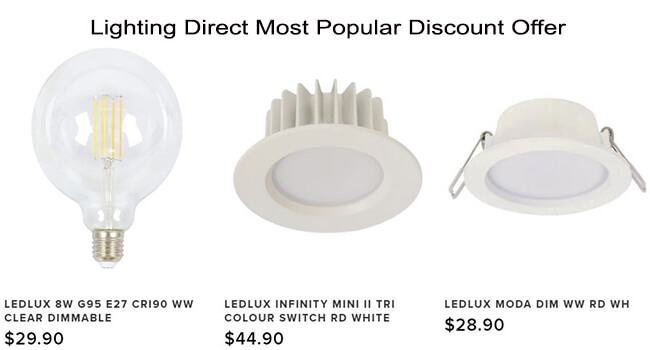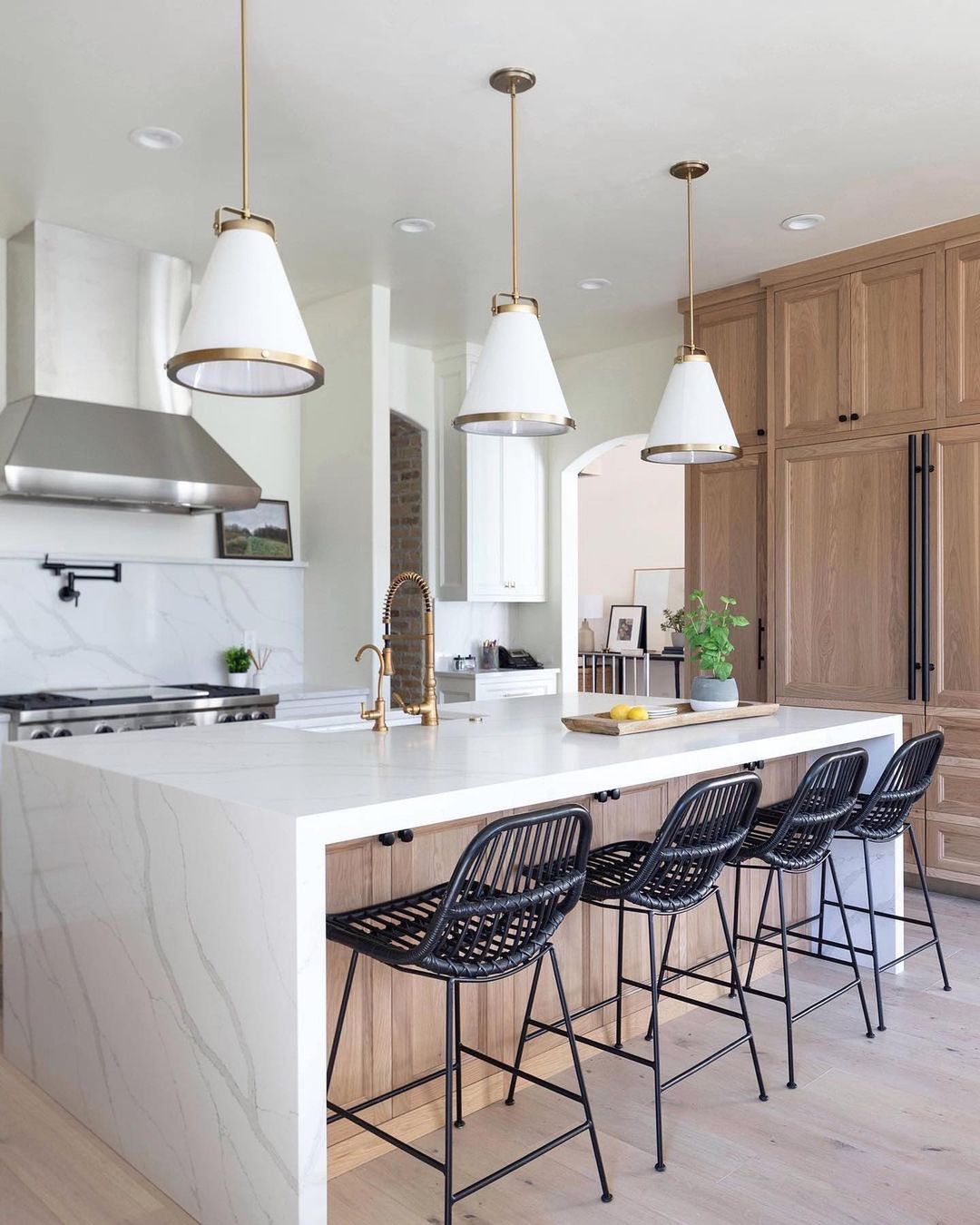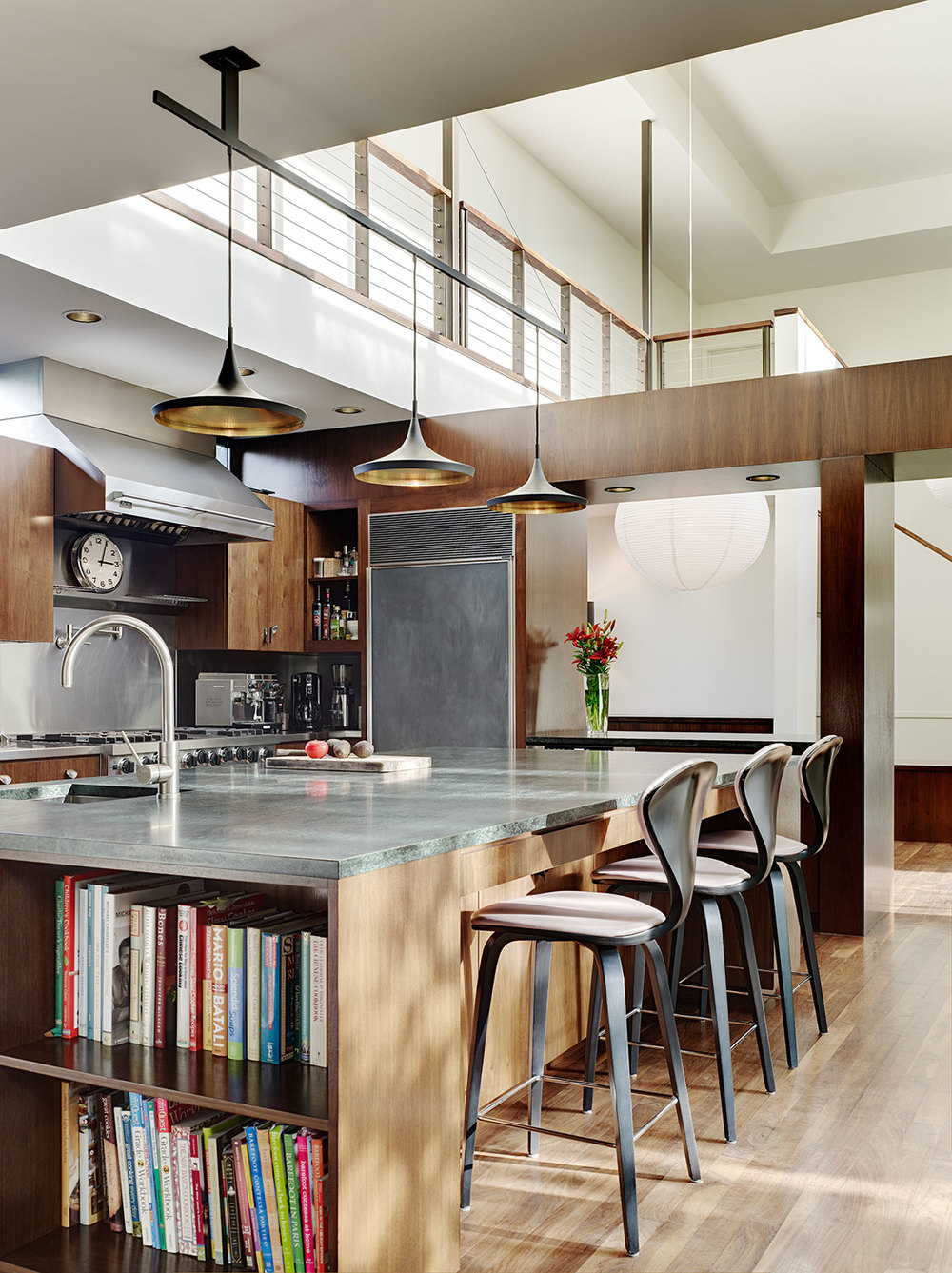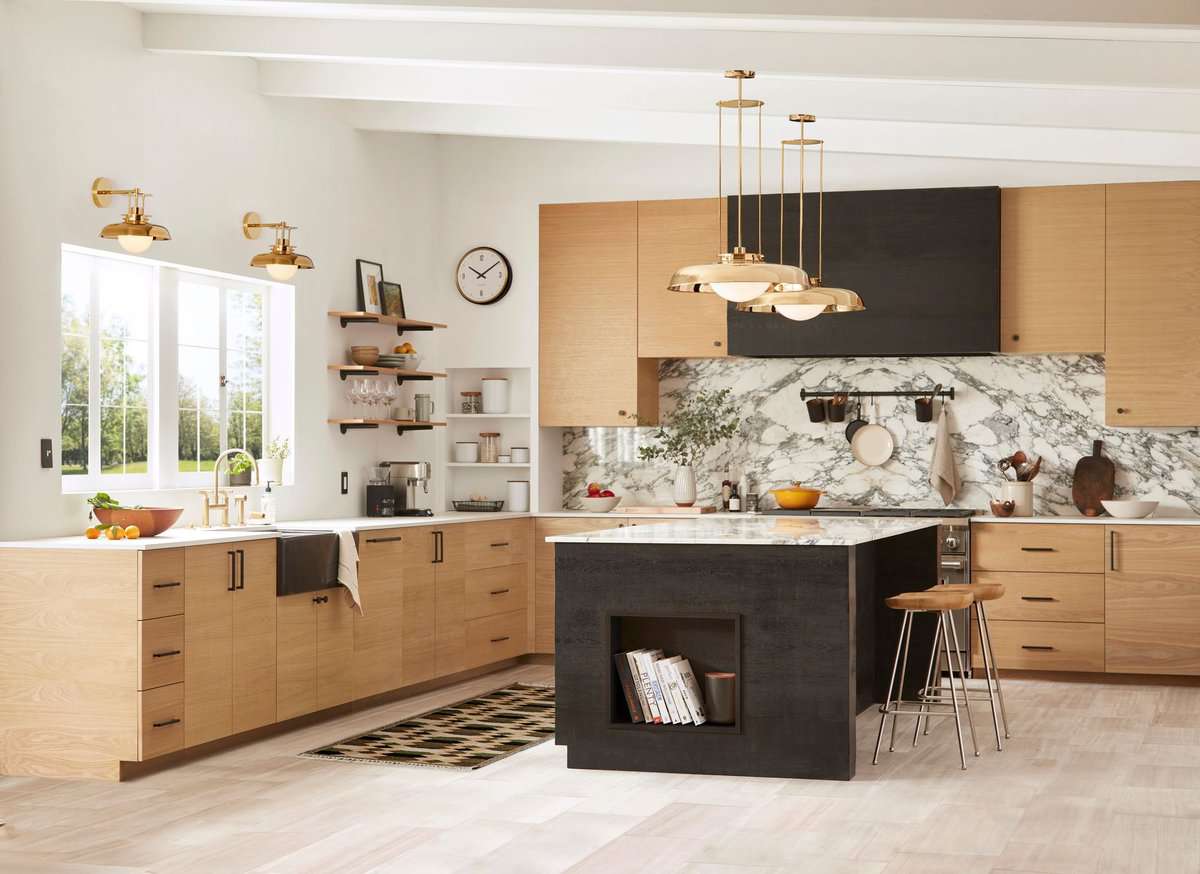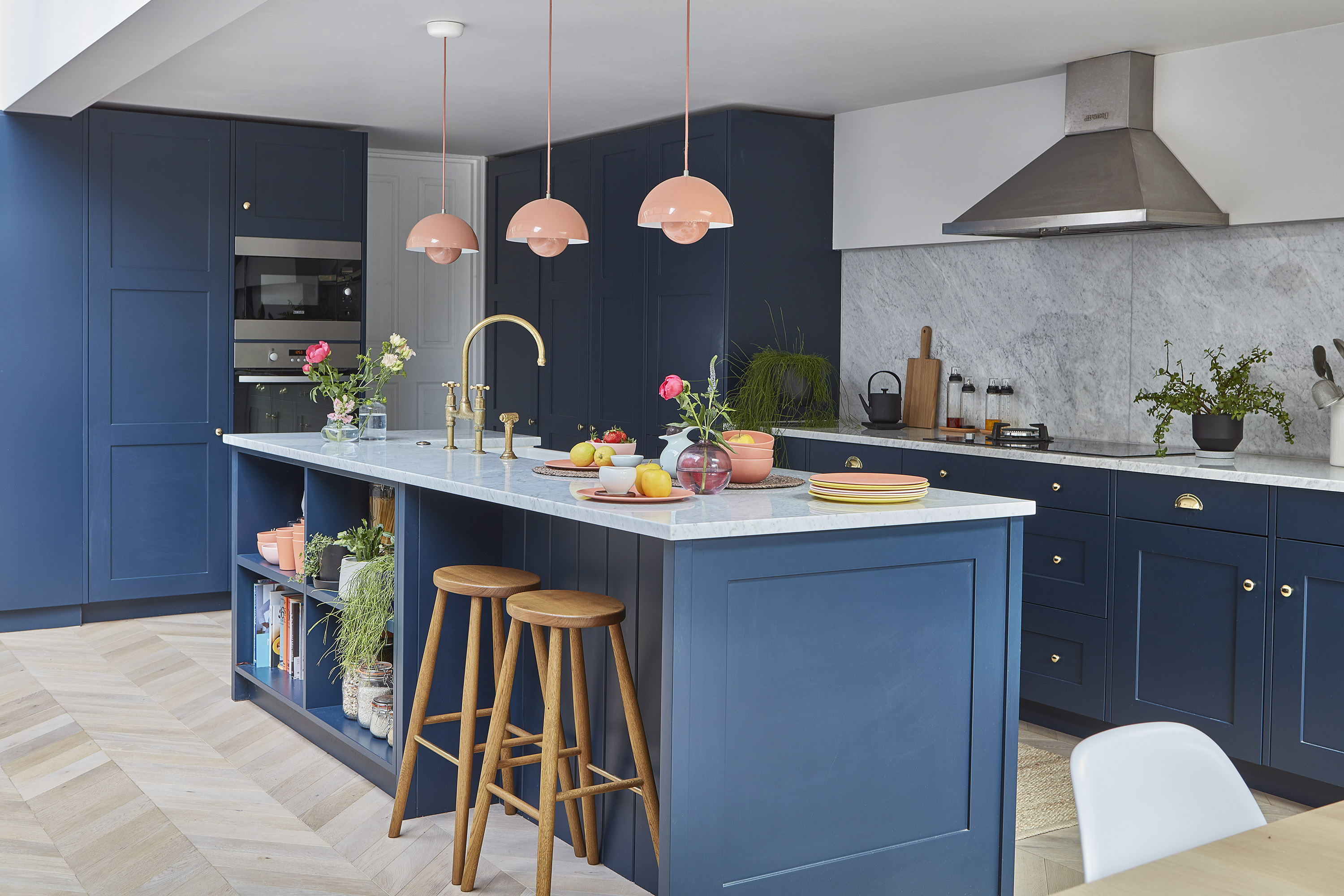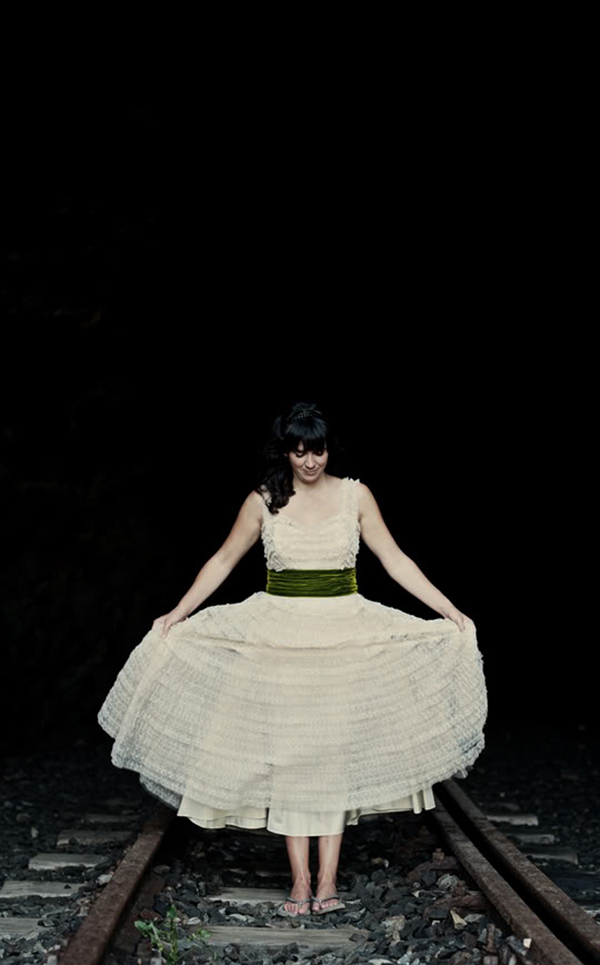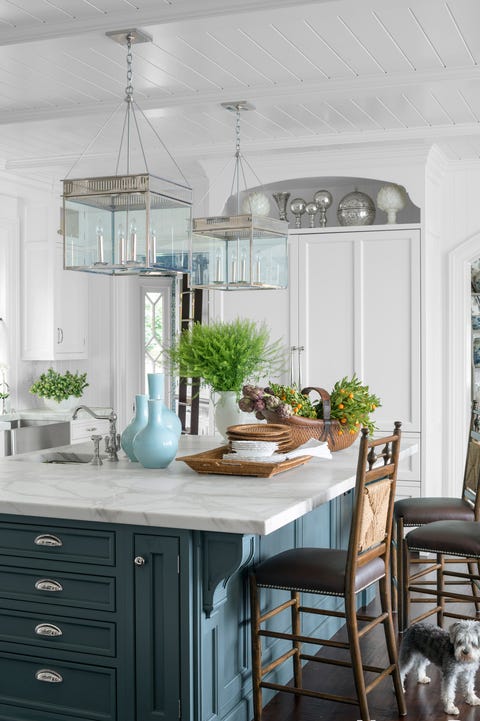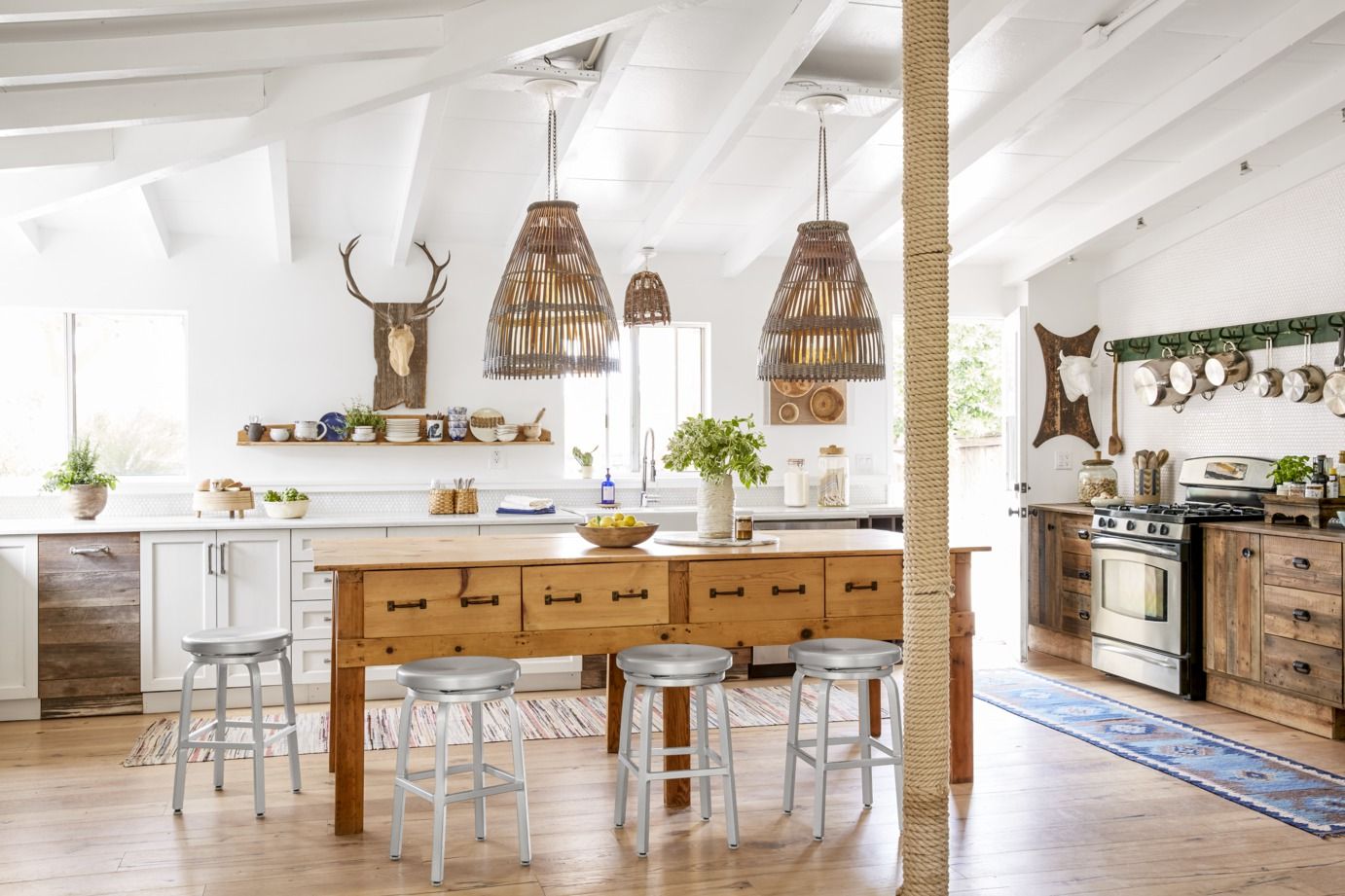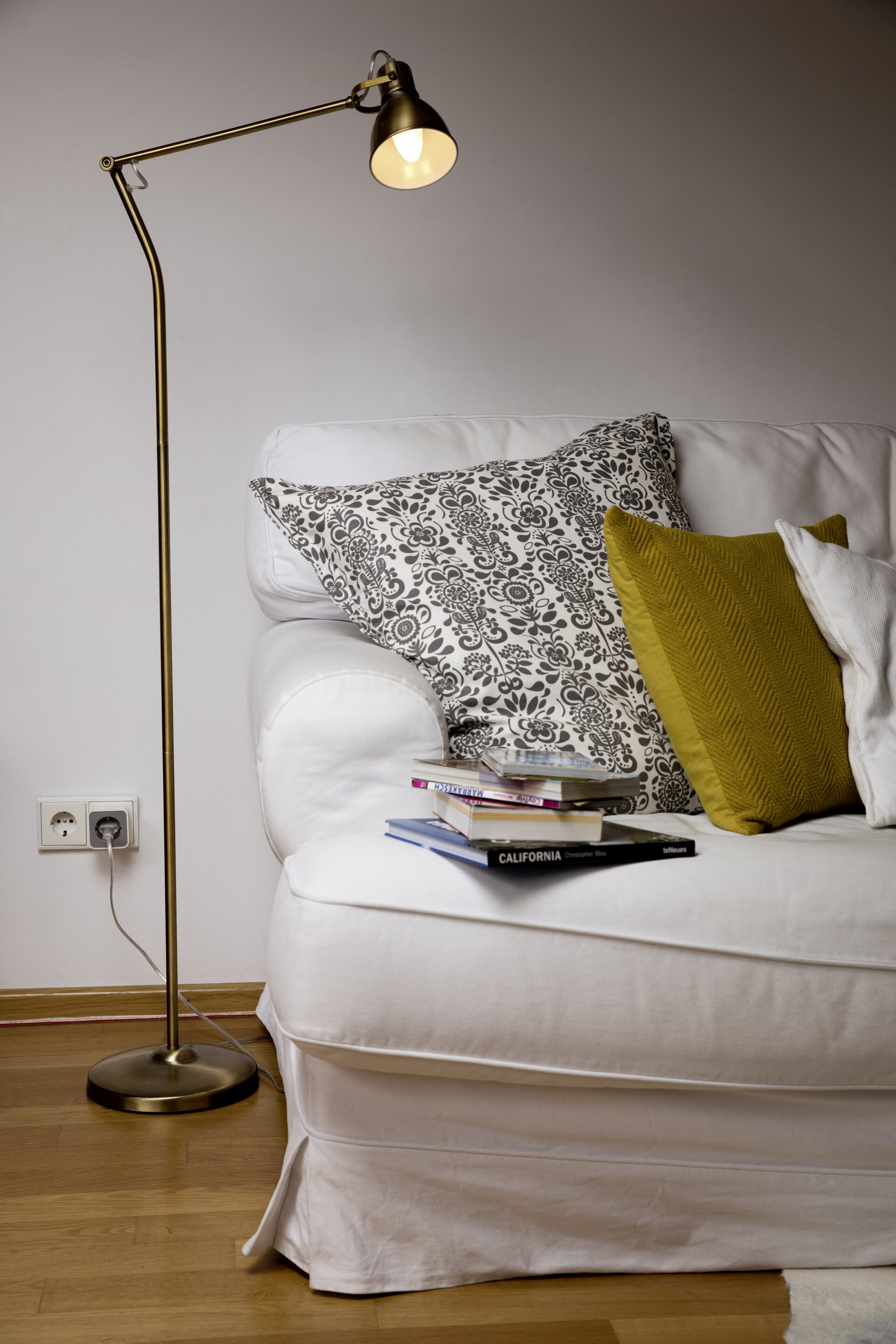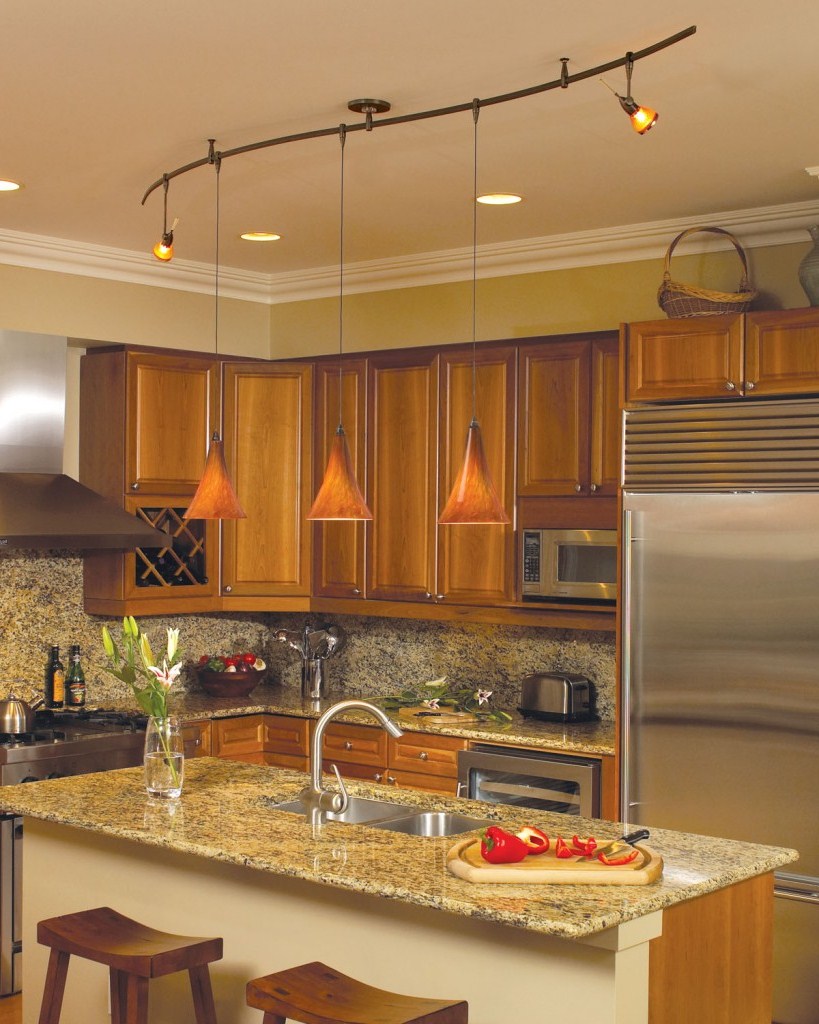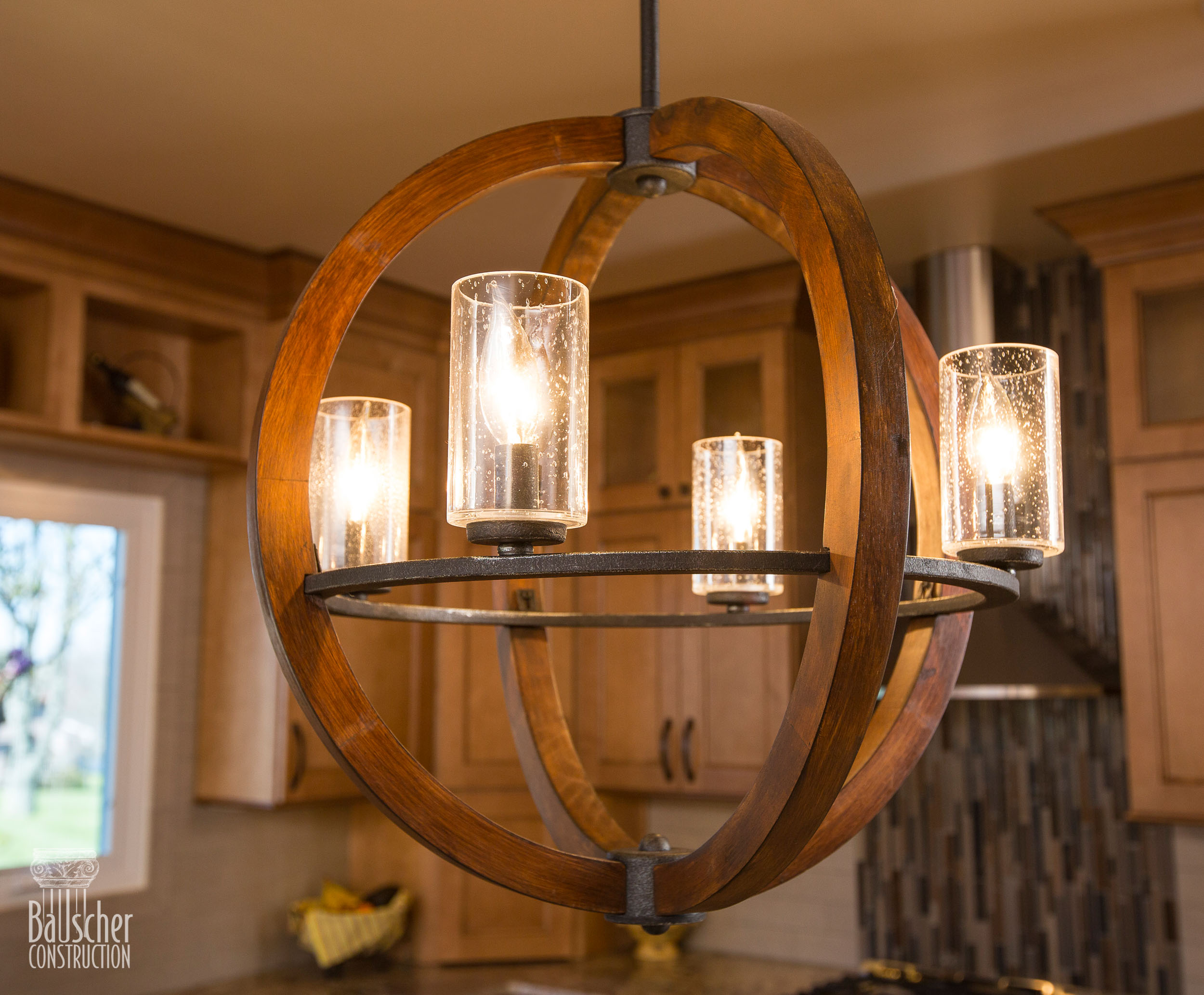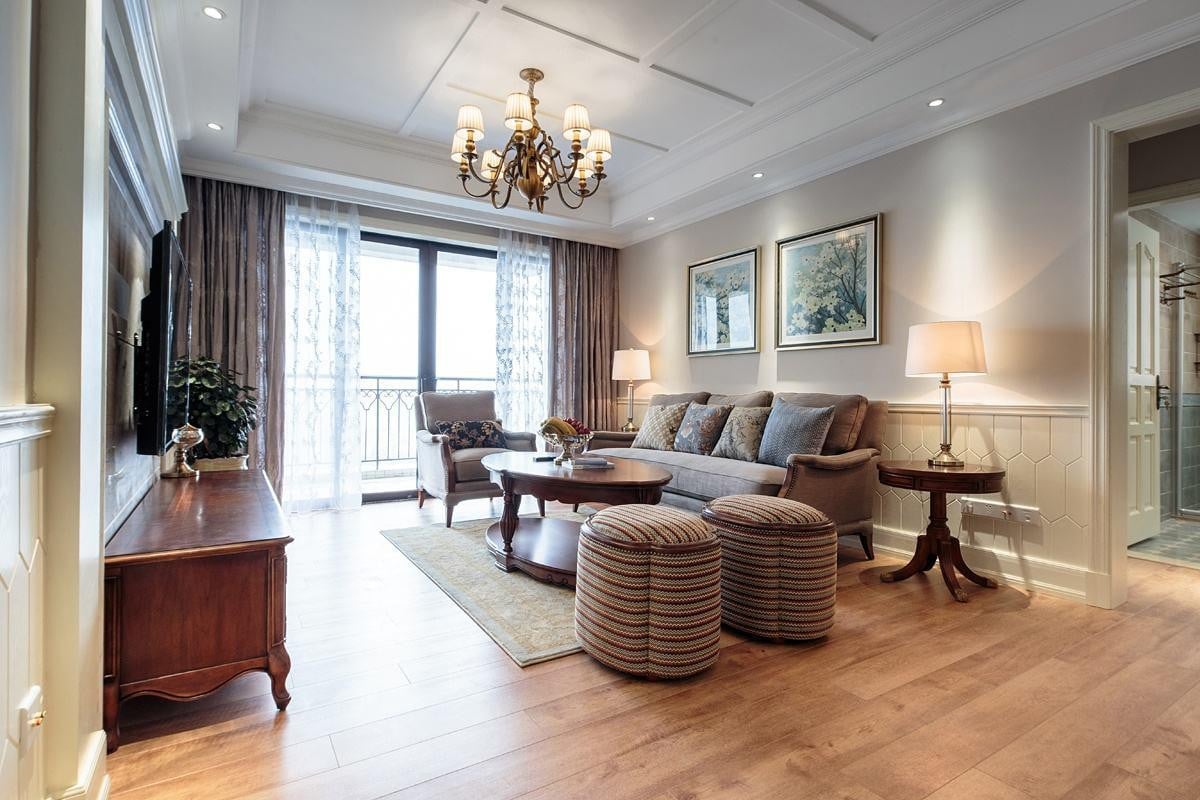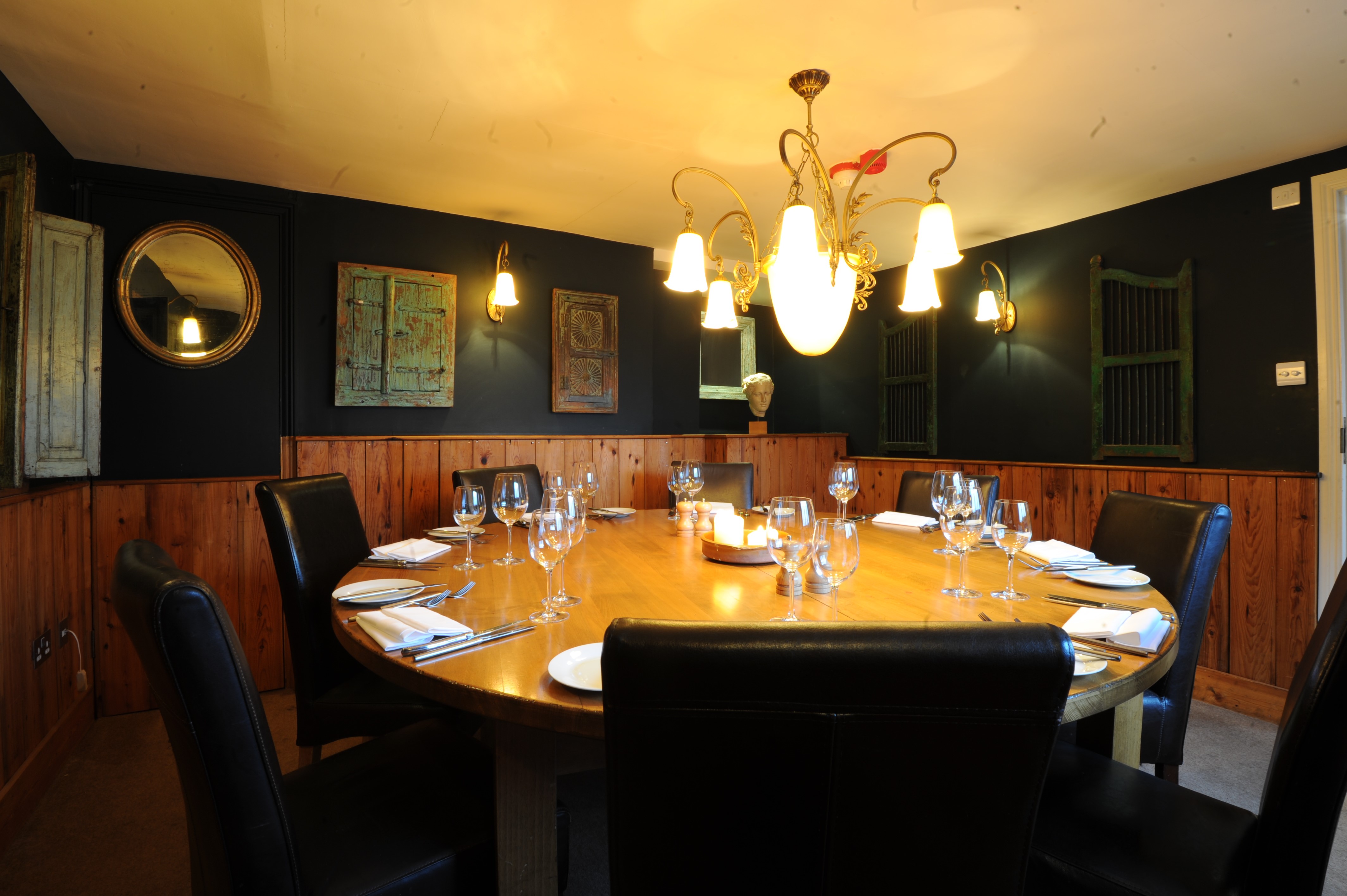1. Consider Your Kitchen Layout
Before choosing the perfect kitchen lighting, it's important to consider the layout of your kitchen. Are you working with a small galley kitchen or a spacious open concept design? The size and shape of your kitchen will determine the type and placement of lighting fixtures.
Galley kitchen layouts work best with a combination of overhead and under-cabinet lighting to provide ample illumination for meal prep and cooking. On the other hand, open concept kitchens may benefit from statement pendant lights above a kitchen island or dining area.
2. Layer Your Lighting
When it comes to kitchen lighting, it's all about layering. A single overhead light source may not provide enough light for all your cooking and entertaining needs. Consider incorporating multiple layers of lighting, such as overhead, task, and accent lighting, to create a warm and inviting atmosphere.
Overhead lighting can include ceiling lights, recessed lighting, or track lighting. For task lighting, consider adding under-cabinet lights or pendant lights above a kitchen island. Accent lighting can be incorporated through the use of sconces or small table lamps to add a cozy touch.
3. Choose the Right Bulbs
The type of bulb you choose for your kitchen lighting can greatly affect the overall look and feel of the space. Bright white or cool-toned bulbs are best for task lighting, as they provide a clear and focused light. For a more warm and inviting atmosphere, consider using warmer-toned bulbs for overhead and accent lighting.
LED bulbs are a popular choice for kitchen lighting, as they are energy-efficient and long-lasting. Halogen bulbs also provide a bright and clear light, while incandescent bulbs offer a warm and cozy glow. It's important to choose bulbs that are appropriate for the type of lighting fixture you have.
4. Consider Dimmer Switches
Installing dimmer switches in your kitchen is a great way to add versatility to your lighting. They allow you to adjust the level of light in the room, making it perfect for different activities, such as cooking, entertaining, or relaxing over dinner. Dimmer switches also help to save energy and extend the life of your bulbs.
When choosing a dimmer switch, be sure to check that it is compatible with the type of bulbs you have installed. Some bulbs, such as LEDs, may require a specific type of dimmer switch.
5. Brighten Up Your Workspace
Task lighting is essential for any kitchen, especially the work areas. Under-cabinet lighting is a great way to brighten up your countertops and provide ample light for meal prep. You can choose from linear LED strips or individual puck lights, depending on your preferences and budget.
For added convenience, consider installing motion-sensor under-cabinet lights. These lights turn on automatically when you enter the kitchen, making it easy to find your way around in the early morning or late at night.
6. Add Some Personality with Pendant Lights
Pendant lights are a great way to add personality and style to your kitchen. They come in a variety of sizes, shapes, and finishes, making it easy to find the perfect one for your space. Pendant lights are ideal for hanging above a kitchen island or dining table, adding a focal point and providing task lighting.
When choosing pendant lights, consider the height of your ceilings and the size of your space. You don't want the lights to be too small or too large for the area, so be sure to measure and compare before making a purchase.
7. Don't Forget About the Dining Area
If your kitchen includes a dining area, it's important to consider the lighting in this space as well. A statement chandelier or pendant light can add a touch of elegance and provide ambient lighting for meals and entertaining. Alternatively, a dimmable chandelier or pendant light can also be a great option for creating a cozy atmosphere during dinner parties.
For a more casual dining area, consider incorporating a combination of recessed lighting and wall sconces for a more low-key and relaxed feel.
8. Incorporate Natural Light
Natural light is a great way to brighten up any space, including your kitchen. If possible, try to incorporate as much natural light as possible into your kitchen design. This can be achieved through the use of large windows, skylights, or a glass door leading to a patio or deck.
Not only does natural light add brightness and warmth to your kitchen, but it also has a positive effect on your mood and well-being. So, open up those blinds and let the sunshine in!
9. Keep Safety in Mind
When choosing lighting for your kitchen, it's important to keep safety in mind. Be sure to choose fixtures that are suitable for use in a kitchen environment, which can often be hot and humid. This means selecting fixtures that are made from materials that can withstand these conditions.
Additionally, be mindful of the placement of lighting fixtures in relation to cooking appliances. Make sure they are not too close to avoid the risk of fire or damage to the fixture.
10. Have Fun with Lighting Design
Last but not least, have fun with your kitchen lighting design! Don't be afraid to mix and match different types of lighting and experiment with different styles and finishes. Your kitchen is a place for creativity and inspiration, so let your lighting reflect that.
Remember to consider the functionality of each lighting fixture, but also don't be afraid to add some personality and flair to your design. After all, good lighting can make all the difference in creating a warm and inviting atmosphere for family and friends to gather and enjoy delicious meals together.
Kitchen Lighting Advice for a Well-Designed and Functional Space

The Importance of Proper Kitchen Lighting
 When it comes to designing your dream kitchen, lighting is often overlooked or not given enough consideration. However,
proper kitchen lighting is crucial for creating a functional and inviting space
that you and your family will love. Not only does it affect the overall ambiance and atmosphere of the room, but it also plays a significant role in the functionality and safety of your kitchen.
When it comes to designing your dream kitchen, lighting is often overlooked or not given enough consideration. However,
proper kitchen lighting is crucial for creating a functional and inviting space
that you and your family will love. Not only does it affect the overall ambiance and atmosphere of the room, but it also plays a significant role in the functionality and safety of your kitchen.
Assess Your Kitchen’s Layout and Functionality
 Before diving into the world of kitchen lighting, it’s important to assess your kitchen’s layout and functionality. Consider the
different zones in your kitchen and how you use each of them
. For example, the main work area, dining area, and cooking area may require different types of lighting. This will help you determine the best placement and type of lighting for each zone.
Before diving into the world of kitchen lighting, it’s important to assess your kitchen’s layout and functionality. Consider the
different zones in your kitchen and how you use each of them
. For example, the main work area, dining area, and cooking area may require different types of lighting. This will help you determine the best placement and type of lighting for each zone.
Choose the Right Type of Lighting
 There are three main types of lighting that should be incorporated into a well-designed kitchen:
ambient, task, and accent lighting
. Ambient lighting provides overall illumination and is typically achieved through ceiling lights or chandeliers. Task lighting is essential for specific activities, such as prepping food or cooking, and can be achieved through under-cabinet lighting or pendant lights above the kitchen island. Accent lighting adds depth and dimension to the room and can be used to highlight certain features, such as a backsplash or artwork.
There are three main types of lighting that should be incorporated into a well-designed kitchen:
ambient, task, and accent lighting
. Ambient lighting provides overall illumination and is typically achieved through ceiling lights or chandeliers. Task lighting is essential for specific activities, such as prepping food or cooking, and can be achieved through under-cabinet lighting or pendant lights above the kitchen island. Accent lighting adds depth and dimension to the room and can be used to highlight certain features, such as a backsplash or artwork.
Consider the Aesthetics
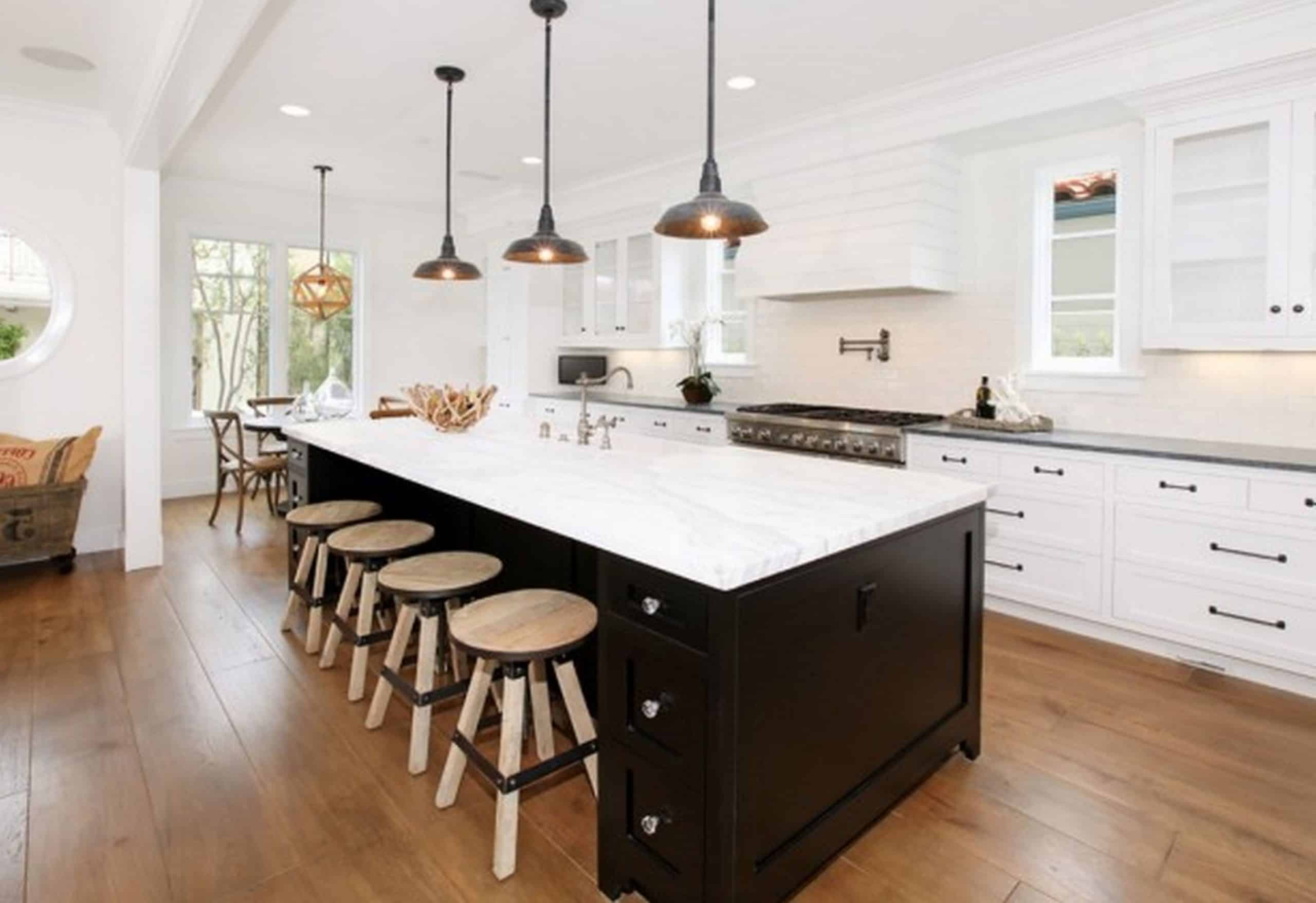 While functionality is important,
choosing the right lighting fixtures can also enhance the overall aesthetics of your kitchen
. Consider the style and design of your kitchen when selecting lighting fixtures. For a modern and sleek look, opt for minimalist and streamlined fixtures. For a more traditional or farmhouse style kitchen, look for fixtures with rustic or vintage details.
While functionality is important,
choosing the right lighting fixtures can also enhance the overall aesthetics of your kitchen
. Consider the style and design of your kitchen when selecting lighting fixtures. For a modern and sleek look, opt for minimalist and streamlined fixtures. For a more traditional or farmhouse style kitchen, look for fixtures with rustic or vintage details.
Don’t Forget About Energy Efficiency
 In addition to functionality and aesthetics,
energy efficiency should also be a factor in your kitchen lighting choices
. LED lights are the most energy-efficient option and can help save on your electricity bill in the long run. They also last longer and emit less heat, making them a safer choice for the kitchen.
In addition to functionality and aesthetics,
energy efficiency should also be a factor in your kitchen lighting choices
. LED lights are the most energy-efficient option and can help save on your electricity bill in the long run. They also last longer and emit less heat, making them a safer choice for the kitchen.
Consult with a Professional
/DSC_0268-3b917e92940e4869859fa29983d2063c.jpeg) With all the different types of lighting available, it can be overwhelming to make the right choices for your kitchen. That’s why it’s always a good idea to consult with a professional interior designer or lighting specialist. They can help you create a lighting plan that not only meets your functional and aesthetic needs but also fits within your budget.
In conclusion,
kitchen lighting is a crucial element in creating a well-designed and functional space
. By assessing your kitchen’s layout and functionality, choosing the right type and style of lighting, and considering energy efficiency, you can create a beautiful and inviting kitchen that meets all your needs. Don’t be afraid to seek professional advice to ensure that your kitchen lighting is done right.
With all the different types of lighting available, it can be overwhelming to make the right choices for your kitchen. That’s why it’s always a good idea to consult with a professional interior designer or lighting specialist. They can help you create a lighting plan that not only meets your functional and aesthetic needs but also fits within your budget.
In conclusion,
kitchen lighting is a crucial element in creating a well-designed and functional space
. By assessing your kitchen’s layout and functionality, choosing the right type and style of lighting, and considering energy efficiency, you can create a beautiful and inviting kitchen that meets all your needs. Don’t be afraid to seek professional advice to ensure that your kitchen lighting is done right.
